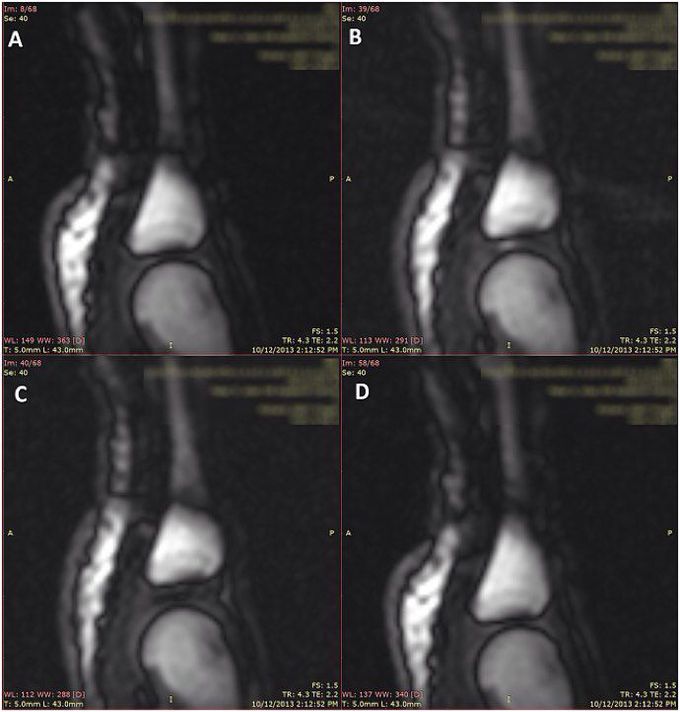


Cracking sounds emitted from human synovial joints have been attributed historically to the sudden collapse of a cavitation bubble formed as articular surfaces are separated. Unfortunately, bubble collapse as the source of joint cracking is inconsistent with many physical phenomena that define the joint cracking phenomenon. Kawchuk et al. (2015) support the view that tribonucleation is the process which governs joint cracking. This process is characterized by rapid separation of surfaces with subsequent cavity formation, not bubble collapse as has been the prevailing viewpoint for more than a half century. Observed previously in vitro, this work provides the first in-vivo demonstration of tribonucleation on a macroscopic scale and as such, provides a new theoretical framework to investigate health outcomes associated with joint cracking. This framework will allow scientists to compare and contrast this process against tribonucleation observed between inanimate surfaces, an approach that may reveal how joint cracking affects cartilaginous joint surfaces. Presently, the literature in this area is confusing in that the energy produced during joint cracking is though to exceed the threshold for damage, but habitual knuckle cracking has not been shown to increase joint degeneration. Ultimately, by defining the process underlying joint cracking, its therapeutic benefits, or possible harms, may be better understood.

